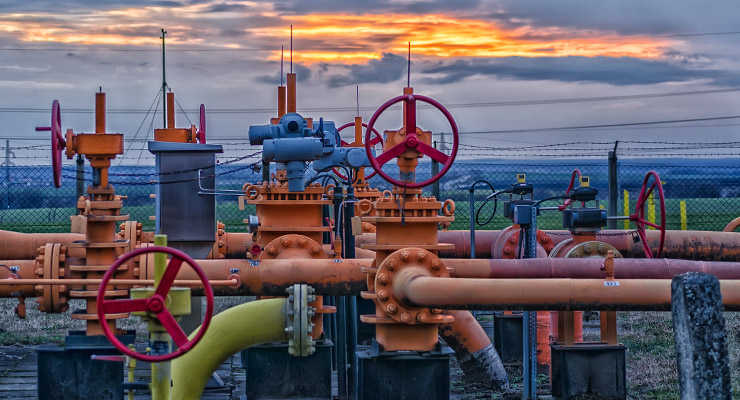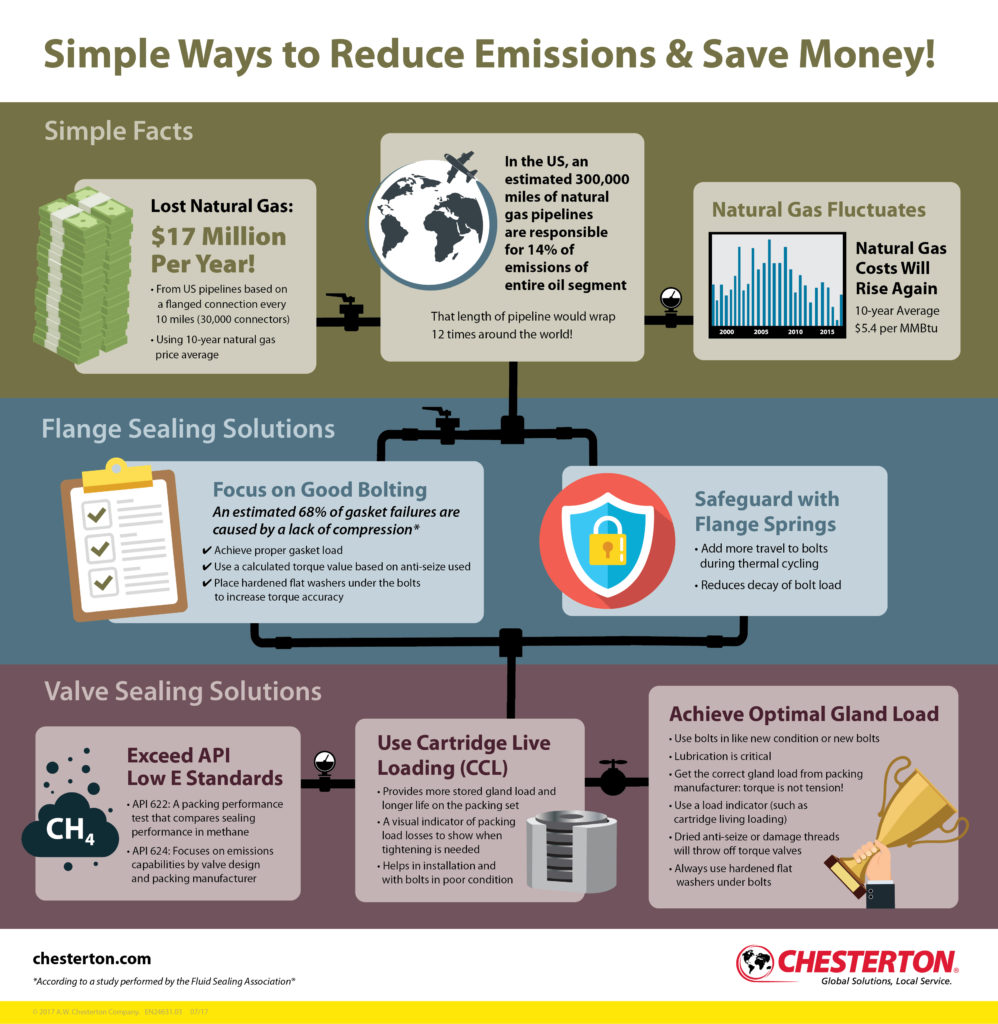
Methane (CH4) is the second largest greenhouse gas emitted in the United States. In 2016, CH4 accounted for about approximately 10% of all U.S. greenhouse gas emissions from human activities, according to the US Department of Environmental Services (EPA).
A 2015 report in Environmental Science and Technology measured a total of 219 non-compressor connections with an average leak rate of 0.2 SCFM (standard cubic feet per minute).
The answer to this issue is in the maintenance of the pipeline. One of the main ways to solve it is to focus on good practices. It takes training and dedication to close the 10% gap seen in flange leakage in methane. CH4 is one of the hardest things to seal because of the size of the molecule.
One of the major failure modes of all failed joints is not achieving proper gasket load during installation. In a study from the FSA, 68% of gasket failures were under compression of the gasket. The best way to ensure proper compression (gasket load target) per flange is using a calculated torque value. Many maintenance crews are still using “hand” tightening of joints that leaves no clear method of verifying correct loading.
Below is an infographic that incorporates many of the topics discussed with good practices in pipeline management.
Chesterton has played an active role in assisting industry to lower leaks and become more productive while improving the environment. With our selection of sealing products and technical assistance, we can help you and your company meets regulatory goals.

